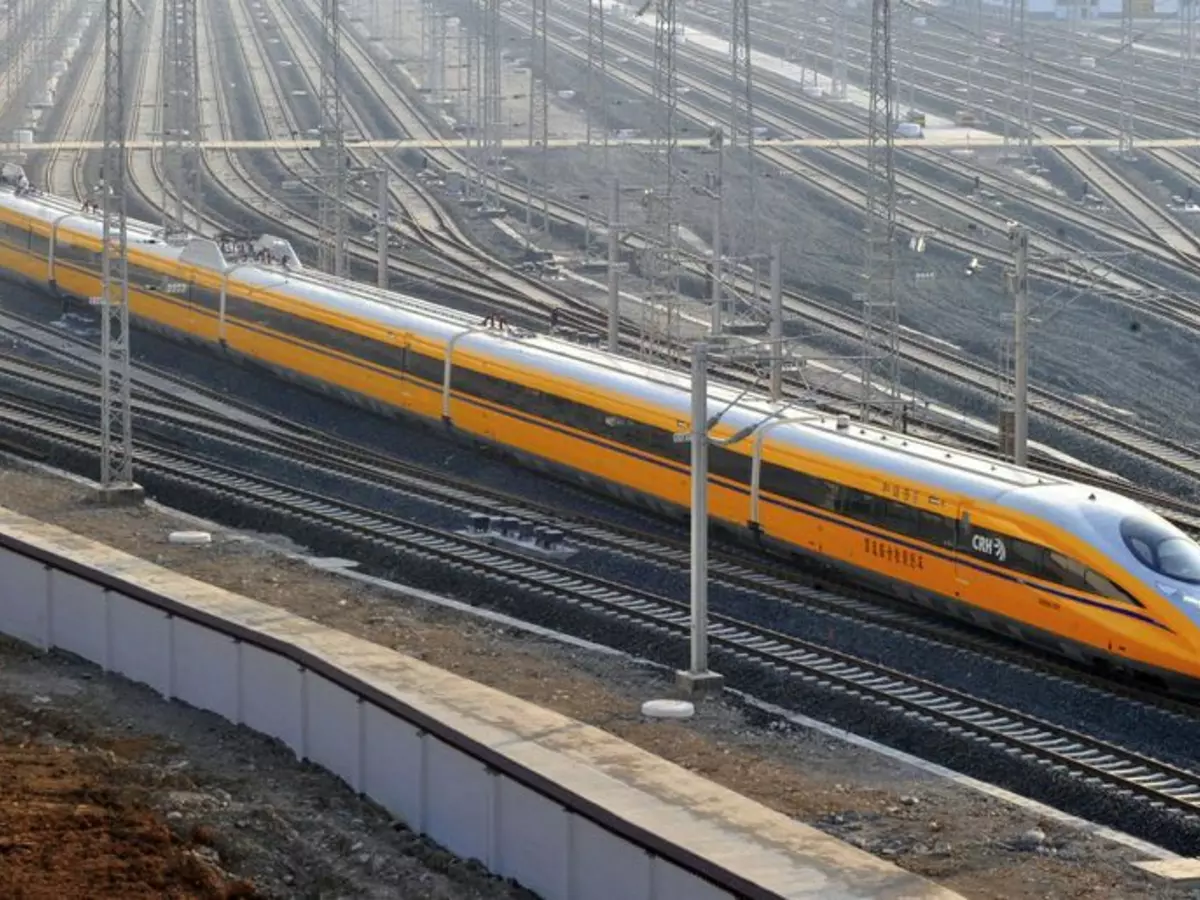After Expressway, Now A High-Speed Train Between Delhi & Meerut Will Cover Distance In 60 Min!
The high-speed Regional Rapid Transit System RRTS corridor that will link Delhi and Meerut will have aerodynamic state-of-the-art trains that will offer business class luxury to commuters. The 82-km distance between the two cities will be covered in around an hour. The line will have 24 stations three of them in Delhi and will be completed by 2024.

The high-speed Regional Rapid Transit System (RRTS) corridor that will link Delhi and Meerut will have aerodynamic, state-of-the-art trains that will offer business class luxury to commuters, apart from a reserved coach for women. The 82-km distance between the two cities will be covered in around an hour.
The RRTS project, which is scheduled to be completed by 2024, has already got the nod of Uttar Pradesh government and is awaiting the approval of Delhi government. It is being executed by the National Capital Region Transport Corporation (NCRTC). The service will start at Delhi¡¯s Sarai Kale Khan and stop at Meerut¡¯s Modipuram, going via New Ashok Nagar, Anand Vihar, Ghaziabad and Modinagar. The line will have 24 stations, three of them in Delhi.
The train has a designed speed of 180 kmph, but the average speed is expected to be kept at 100 kmph. Initially there will be six coaches to each train, with one business class coach and another reserved for women. Unlike the Delhi Metro trains, RRTS will have transverse seating as in aircraft. While the general coaches will have more standing space, the business class coach will provide a comfortable and luxurious ride for a higher fee. The charges, however, are yet to be decided.

glasscraft/Representational Image
¡°The business class coach will offer passenger friendly amenities, apart from a bigger seating space for a comfortable journey. There are also plans to provide free Wi-Fi facility in this class,¡± said an NCRTC official. Business class passengers may also enjoy the facility of a business lounge at the stations. ¡°A separate enclosure or lounge will be set up with proper sitting and other facilities close to where the business class coach stops on the platform,¡± the official said. This portion will be segregated from the areas accessible to other passengers at stations.
Elaborating on the business class formalities, the official said, ¡°Entry will be facilitated by the use of dual automated fare collection gates. One gate will be for entry into the paid area of a station while the second will be installed at the platform level for entry into a business class coach.¡± A traveller can decide his class of travel at any time with the help of these AFC gates.
The trains will have all the facilities of universal access, which means differently abled people should have no problem entering or leaving the coaches. Also, keeping the issue of safety in mind, the stations will have platform screen doors and the trains will have inherent safety features even at high speed, including CCTV cameras.

Reuters
The starting point of the Delhi-Meerut corridor, the Sarai Kale Khan station, would become a transit hub with the existing inter-state bus terminal, Hazrat Nizamuddin railway station and the upcoming Delhi Metro station of the Pink Line. The following two stops of the train in Delhi, New Ashok Nagar and Anand Vihar, are also connected with the Delhi Metro network. In fact, Anand Vihar will act as another transit hub with the presence of an ISBT and railway station there.
Apart from the Delhi-Ghaziabad-Meerut corridor, work on which will start first, NCRTC is also working on two other RRTS corridors, the Delhi-Panipat and Delhi-Alwar lines. All the three corridors will originate at the RRTS station to be constructed at Sarai Kale Khan. ¡°The three corridors will be connected, so that a person coming from Meerut can change trains at Sarai Kale Khan and go to Gurgaon or Sonepat,¡± the NCRTC official explained.
